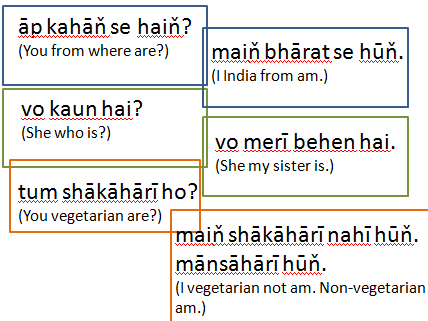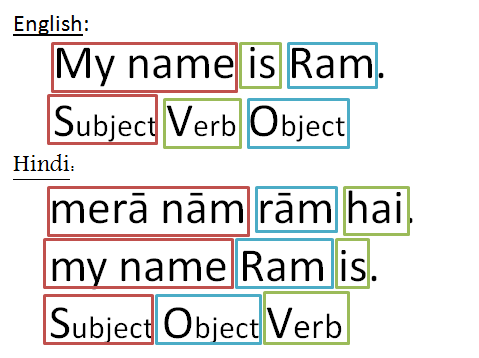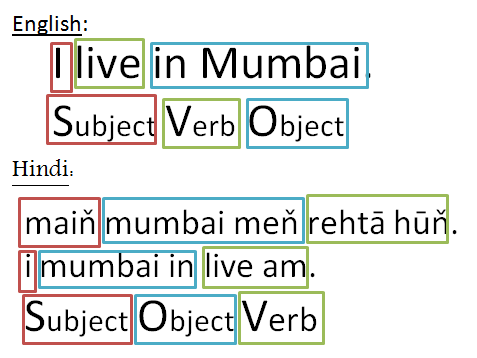गिनती ११ से २० तक (Gintī gyārah se bīs tak ~ Counting 11 from 20 to)
11 ~ ११ ग्यारह (gyārah)
12 ~ १२ बारह (bārah)
13 ~ १३ तेरह (terah)
14 ~ १४ चौदह (chaudah)
15 ~ १५ पंद्रह (pandrah)
16 ~ १६ सोलह (solah)
17 ~ १७ सत्रह (satrah)
18 ~ १८ अठरह (aTharah)
19 ~ १९ उन्नीस (unnīs)
20 ~ २० बीस (bīs)






